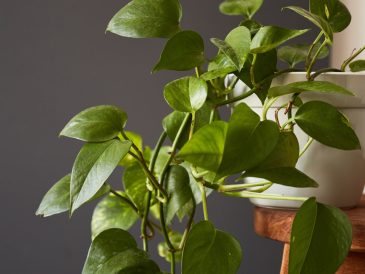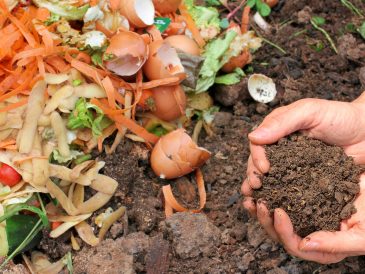Having a garden takes a lot of patience because you need to take care of it, and this can be tough at times, especially when you work a 9 to 5 and are brained when you get back home. However, taking care of your garden can be relaxing; for me, gardening is the time I have for myself and is a way for me to de-stress after a hard day’s work.
Gardening is not only an excellent way for you to de-stress, but you also reap the fruits of your labor and enjoy the vegetables you’ve spent a lot of time growing. So without further ado, let’s dive into this blog and learn about some of our tips to start your vegetable garden.
1. When to plant?

When should you plant? After the last risk of frost in your zone. We often want to get ahead of the game and not worry about this rule, but be careful. Do you remember that in 2016, it snowed in mid-May? Hey yeah. I lost a lot of my plants. That said, you can also plant later if you run out of time, or let’s say you move into a place only on July 1. Just remember that some plants don’t like the heat very much and may not do well in July.
Examples are radishes and lettuce, which may wilt. It is better to wait until the end of the summer to plant these vegetables, around mid/late August. These mature in only a few weeks, so they will still have time to produce before the frost.
You’ll enjoy the fruits of your gardening labor if you first plant easy-to-grow vegetables that like cool weather (you can plant them a few weeks before the last frost), and they will grow quickly. Plant different types of lettuce all over your garden, wherever there is room. Lettuces grow quite fast, and you can harvest young leaves for salads in a few weeks. Plant seeds every couple of weeks in the spring to have a constant supply (No garden, try growing lettuce in a patio garden).
2. What to plant in?
The easiest way for beginning gardeners is to do your small vegetable garden in tubs or boxes. These containers hold water better, prevent erosion, have fewer weeds, keep the soil from compacting, contain the garden in space, and even protect the plants from the cold since the boxes are raised off the ground.
Boxes should be a minimum of 12 inches and a maximum of 4 feet deep. You don’t have to buy them: you can easily make them out of cement blocks, an old wooden pallet, or simple wooden boards. In the bottom of our boxes, we put a good layer of drainage material (between 4 and 6 inches): rocks, pebbles, loose styrofoam blocks, or a mix of all these.
Soil is the foundation of everything in gardening! The richer and healthier the soil, the less fertilizer you will need. It’s true that planting and harvesting are much more glamorous than preparing the soil, but it is still the most important step. Never use cheap black soil! This soil is too poor to support the growth of vegetables. Instead, buy good garden soil and enrich it with compost (ideally 3 to 4 inches thick) and/or other natural fertilizers, like manure. Aerate the soil before planting.
3. When to water and fertilize?
The vegetable garden should be watered right after planting and almost every day afterward (adjust according to rainfall and heat). Some plants like tomatoes never seem to get enough water. It’s very difficult to drown plants outside, so don’t be afraid to put some on! If possible, water in the morning: the plants will retain water longer. If you water in the evening, the plants don’t photosynthesize anymore, so they can attract slugs and other undesirables.
Chemical fertilizers based on nitrogen should be avoided as much as possible. I personally use very little fertilizer because, as I said before, it’s all in the soil! There are many natural alternatives, for example, liquid fertilizers based on algae. You can use these by mixing them with water every two weeks.
4. Start small and take your time

Learning to garden takes time. One of the basic principles of gardening is that you can always start over. If you are starting, start with a pot of herbs or a single bed. Accept that you will make mistakes, and don’t be discouraged if slugs wipe out some of your efforts.
You can’t just plant seeds at the beginning of the year and expect them to grow. A garden doing well requires planting, clearing, weeding, pruning, and harvesting every week. You may even need to water it twice a day if you live in a hot area. A large garden may require up to 10 hours of work per week; a small balcony takes 2 to 3 hours.
Sound off in the comments section below and tell us what you want to read next and if you want to read more about having a vegetable garden.






2 Comments
[…] Sound off in the comments section below and tell us what you want to read next and if you want to read more about riprap. […]
[…] Sound off in the comments section below and tell us what you want to read next and if you want to read more about park maintenance. […]